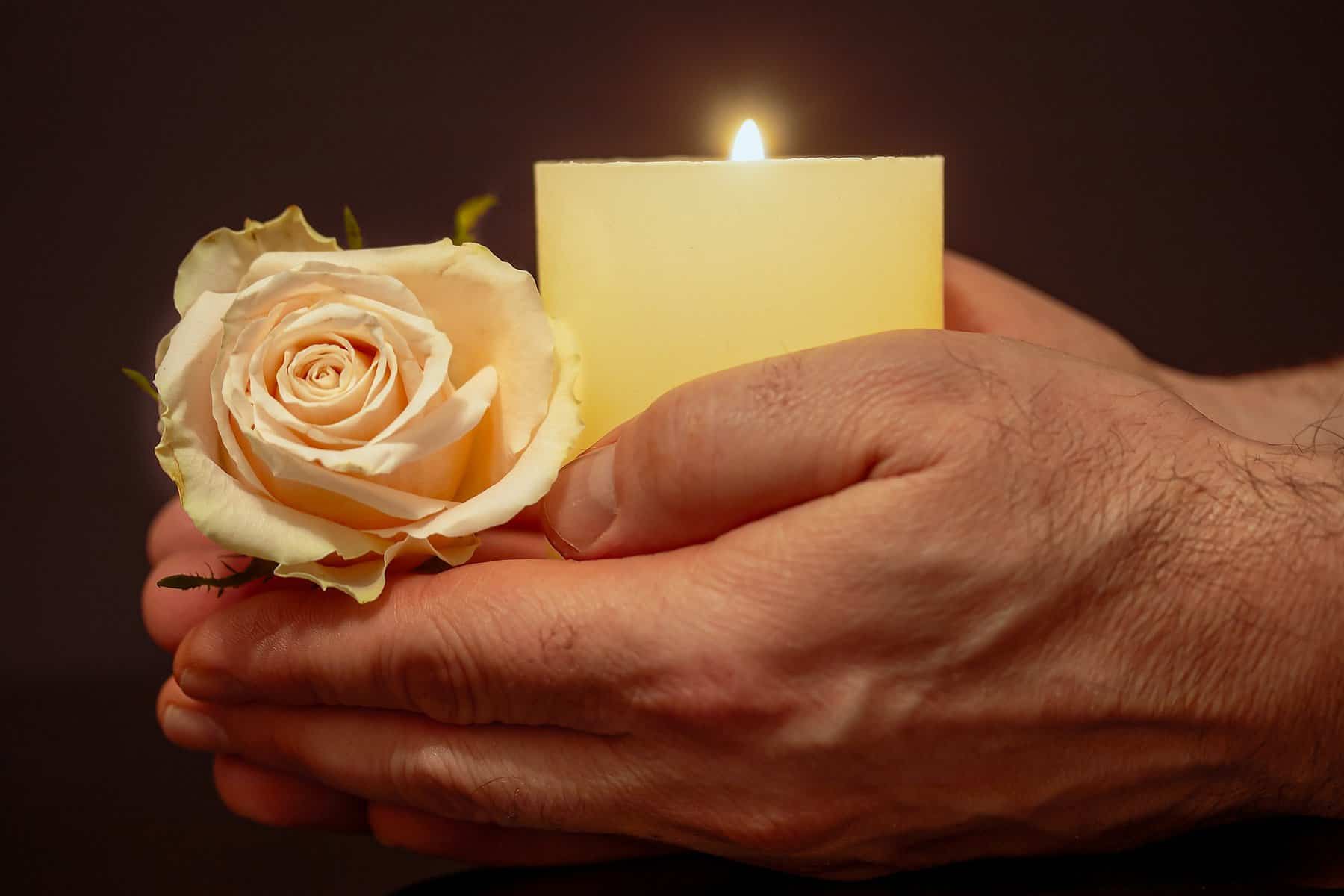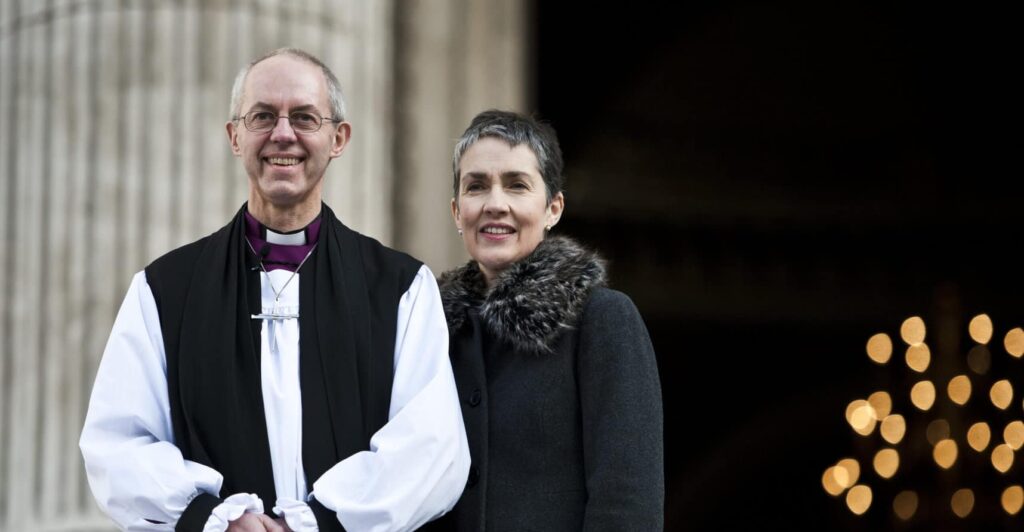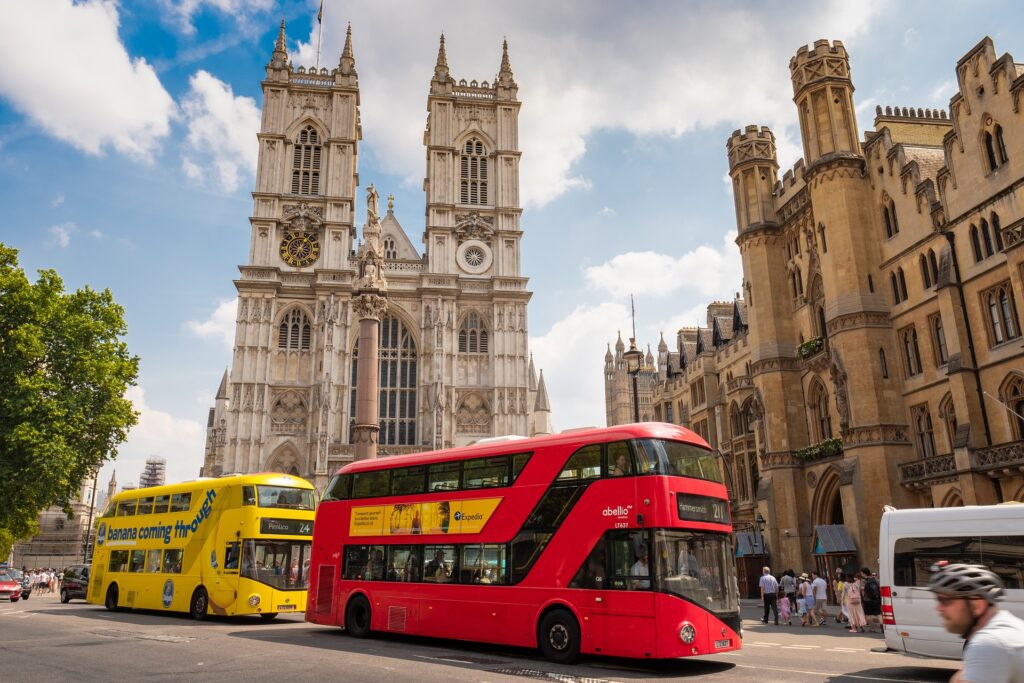The Church of England is preparing to build a new reliquary to house the remains of St. Eanswythe, an Anglo-Saxon saint, who lived during the beginning of Christianity in England. She was the granddaughter of the English king, Ethelbert, who was the first king in England who converted to Christianity. She is associated with establishing England’s earliest monastic communities around 669 AD in the town of Folkestone, where she is a patron saint. The remains of the saint were once concealed inside a Kent church and the Diocese of Canterbury is now looking for applications from artists and designers to build a new reliquary for the saint’s remains.
Read the full article here:
The Church of England is seeking a new home for the remains of an Anglo-Saxon saint who was present at the start of Christianity in England.
St Eanswythe was the granddaughter of Ethelbert, the first English king to convert to Christianity.
She is thought to have founded one of the earliest monastic communities in England in about 660 AD in Folkestone – where she is also patron saint.
Her remains were once hidden inside the wall of a Kent church.
The Diocese of Canterbury is seeking applications from designers and artists to create a new reliquary for Eanswythe’s remains, as the current container is no longer suitable.
Dr Andrew Richardson of Isle Heritage said they were looking to commission the creation of a new reliquary “fit for a Kentish royal saint”.
“One that will protect and preserve these relics for generations to come,” he added.
Dr Richardson said St Eanswythe will “always belong in Folkestone”.
Human remains were first discovered in a lead container inside the north wall of the Church of St Mary and St Eanswythe in Folkestone in 1885.
It is thought the remains were hidden there to escape being destroyed during the Reformation in the early 16th Century which changed England’s official religion from Catholicism to the new Protestant faith.
Read the full article here.







